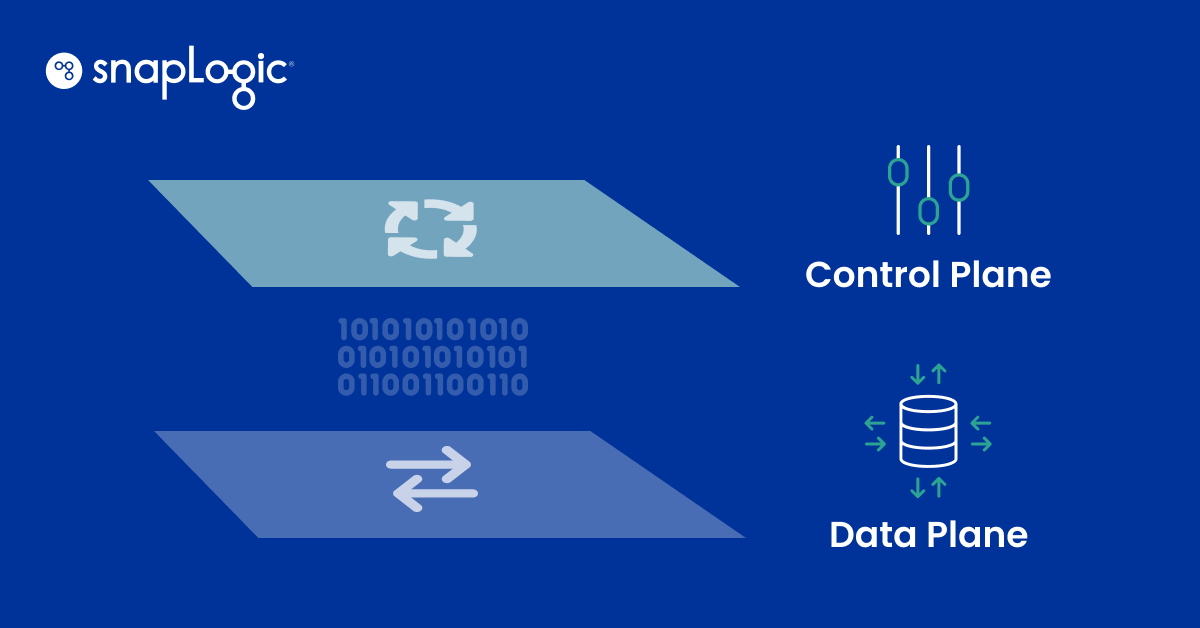In my previous blog post, I talked about how a pharmaceutical company uses SnapLogic and Amazon Redshift to capitalize on market and environmental fluctuations, driving sales for its asthma relief medication. In this post, I’ll tell you the path the company took to get there. Hint: It wasn’t a straight one.
An IT organization abandons Informatica
Several months prior to launching its current environment, with data flows powered by SnapLogic, the pharmaceutical company tried, unsuccessfully, to integrate its data warehouses in Redshift and discover how to extract data from Salesforce in Informatica PowerCenter and Informatica Cloud. Additionally, the IT team also wanted to move data from other sources including Veeva and third-party sources into Amazon Simple Storage Service (S3), and then integrate the data into Redshift for sales and marketing analytics.
However, the project stalled due to difficulty with Informatica PowerCenter, the IT team’s initial choice for data integration. PowerCenter, which Informatica describes as a “metadata-driven integration platform,” is a data extract, transfer, and load (ETL) product rooted in mid-1990s enterprise architecture. The team found PowerCenter complicated to use and slow to deliver the urgently needed data integration technologies.
Looking for faster results, the pharmaceutical company then attempted to use Informatica Cloud, Informatica’s cloud-based integration solution. Their attempt to use Informatica data discovery tools for their data integration initiative was again derailed, this time by the solution’s lack of maturity and functionality. The pharmaceutical company’s data was forced back on-premises, jeopardizing the entire cloud data warehouse initiative.
Data integration aligned with the cloud
But the IT team kept searching for the right data integration solution. “Cloud was instrumental to our plans, and we needed data integration that aligned with where we were headed,” said the senior business capability manager in charge of the integration project. The pharmaceutical company chose the SnapLogic Enterprise Integration Cloud.
After a self-evaluation, the IT team was able to quickly build data integrations with SnapLogic; no specialized resources or consultants were required. To accomplish the integrations in Redshift, the pharmaceutical company used:
- Salesforce Snap
- Redshift Snap
- Various RDBMS Snaps
- ReST/SOAP Snaps
- Transformation Snaps
With the data integration accomplished in a matter of days, the IT organization was assured that current skills sets could support the company’s future global BI architecture. In addition, the IT team found the SnapLogic Enterprise Integration Cloud easy enough for business users, such as the marketing team, to integrate new data into Redshift.
Leveraging Redshift’s nearly infinite availability of low-cost data storage and compute resources, the analytic possibilities are equally limitless – igniting the marketing team’s discovery of new strategies to drive new insights, revenues, and operational efficiencies.
SnapLogic delivers a “quanta” in improvement
What is quanta? It’s the plural of the word “quantum,” a physics term that describes “a discrete quantity of energy proportional in magnitude to the frequency of the radiation it represents.” If you’re not a physicist, your closest association is probably “quantum leap” – basically a gigantic leap forward.
Which is exactly what SnapLogic delivers. With regard to Informatica, Gaurav Dhillon, founder and CEO of SnapLogic, says:
“Fundamentally, I believe that SnapLogic is 10 times better than Informatica. That’s a design goal, and it’s also a necessary and sufficient condition for success. If a startup is going to survive, it’s got to have some 10x factor, some quanta of a value proposition.
“The quanta over the state of the art – the best-of-the-best of the incumbents – is vital. When comparing SnapLogic vs Informatica, it’s easy to see that our solutions can fluently solve enterprise data problems almost as they are happening. That has a ‘wow’ factor people experience when they harness the power of our data integration technology.”
The SnapLogic Enterprise Integration Cloud is a mature, full-featured Integration Platform-as-a-Service (iPaaS) built in the cloud, for the cloud. Through its visual, automated approach to integration, the SnapLogic Enterprise Integration Cloud uniquely empowers both business and IT users, accelerating cloud data warehouse and analytics initiatives on Redshift and other cloud data warehouses
Unlike on-premises ETL or immature cloud tools, SnapLogic combines ease of use, streaming scalability, on-premises, and cloud integration, and managed connectors. Together, these capabilities present an improvement of up to 10 times over legacy ETL solutions such as Informatica or other “cloud-washed” solutions originally designed for on-premises use, accelerating cloud data warehouse integrations from months to days.
To learn more about how SnapLogic allows citizen data scientists to be productive with Amazon Redshift in days, not months, watch our webcast “Supercharge your Cloud Data Warehouse: 7 ways to achieve 10x improvement in speed and ease of Redshift integration.” And be sure to check back often for more SnapLogic vs Informatica information.
Craig Stewart is Vice President, Product Management at SnapLogic.








